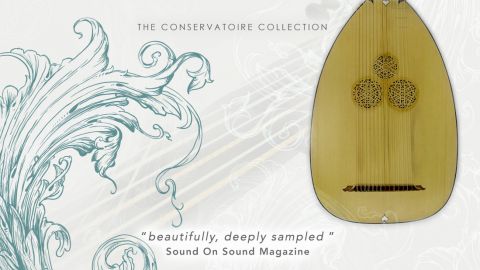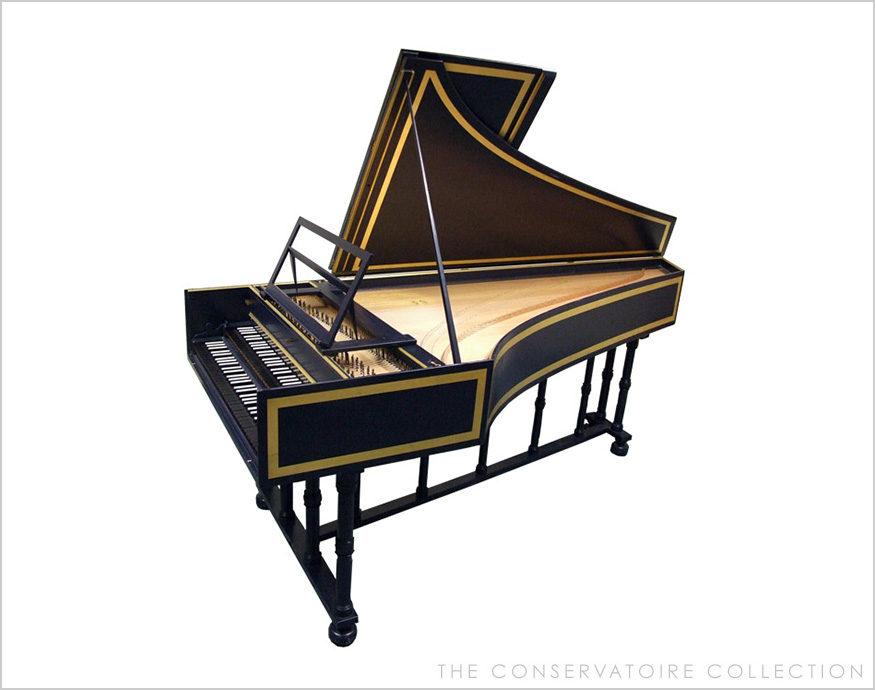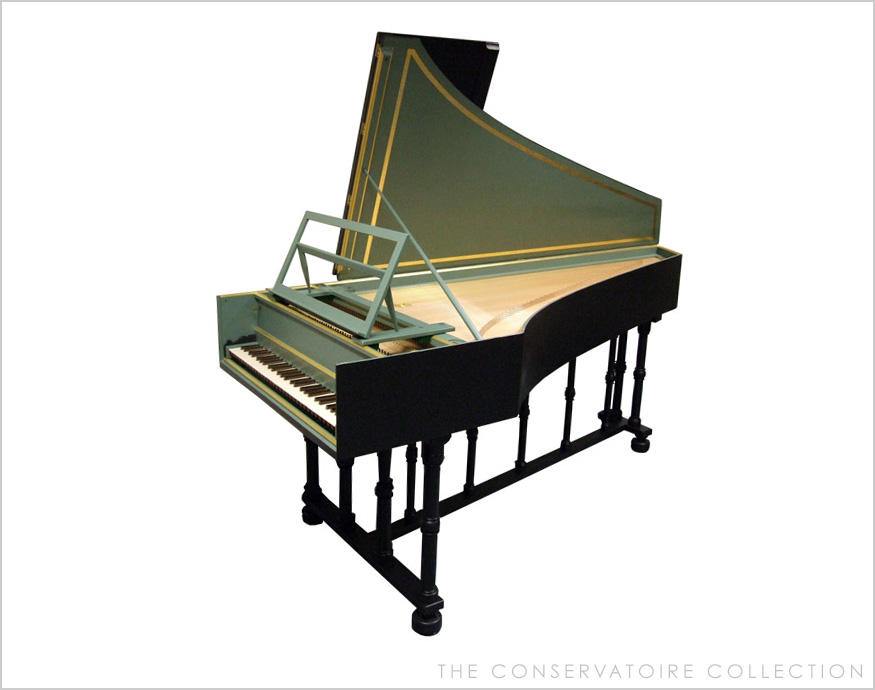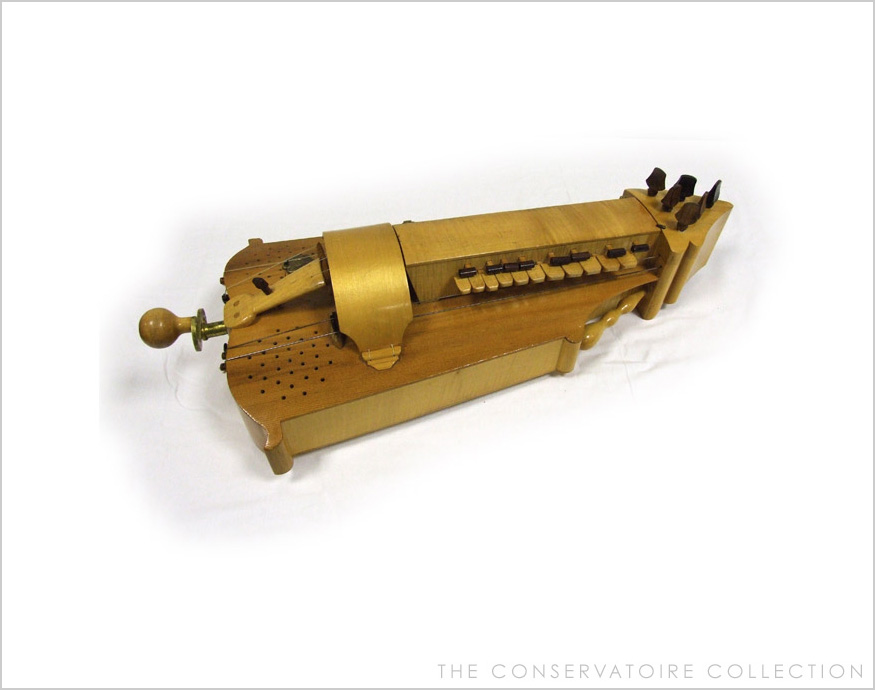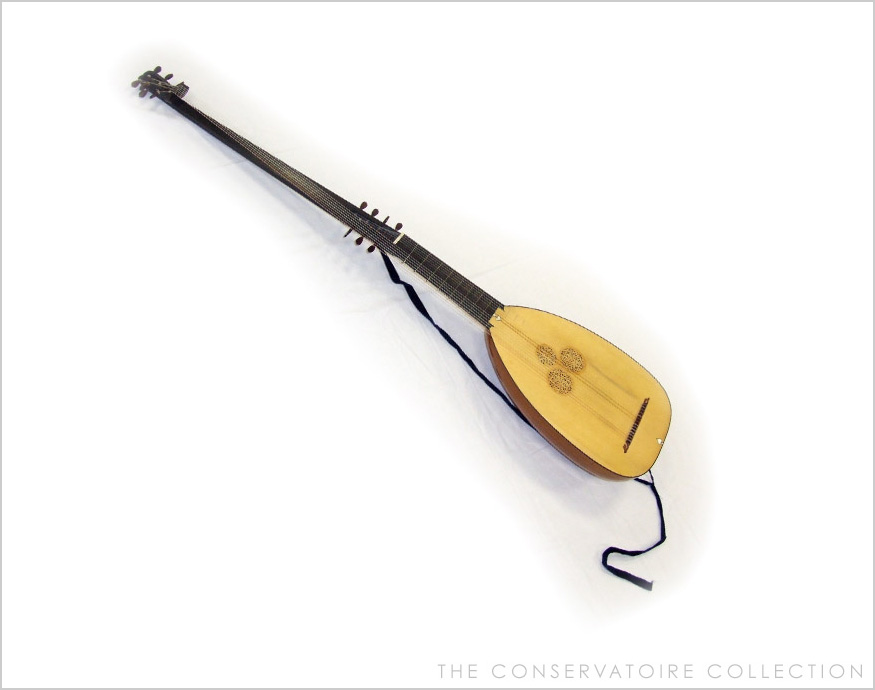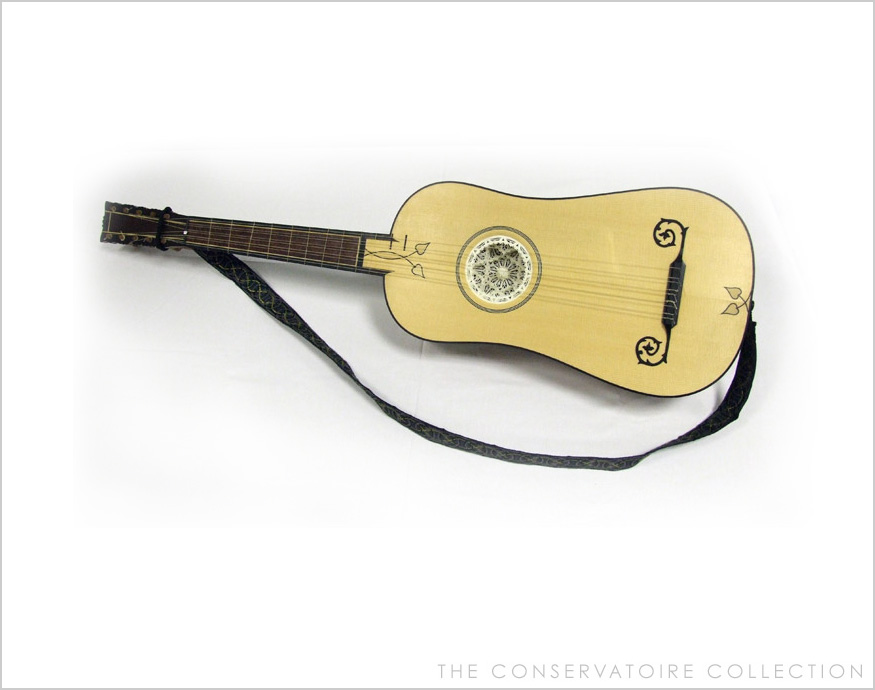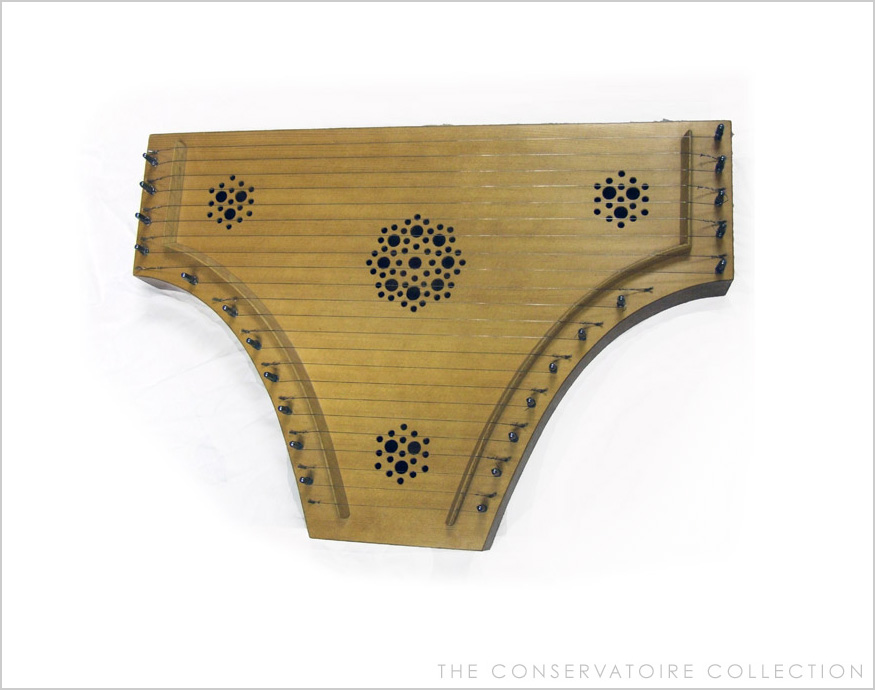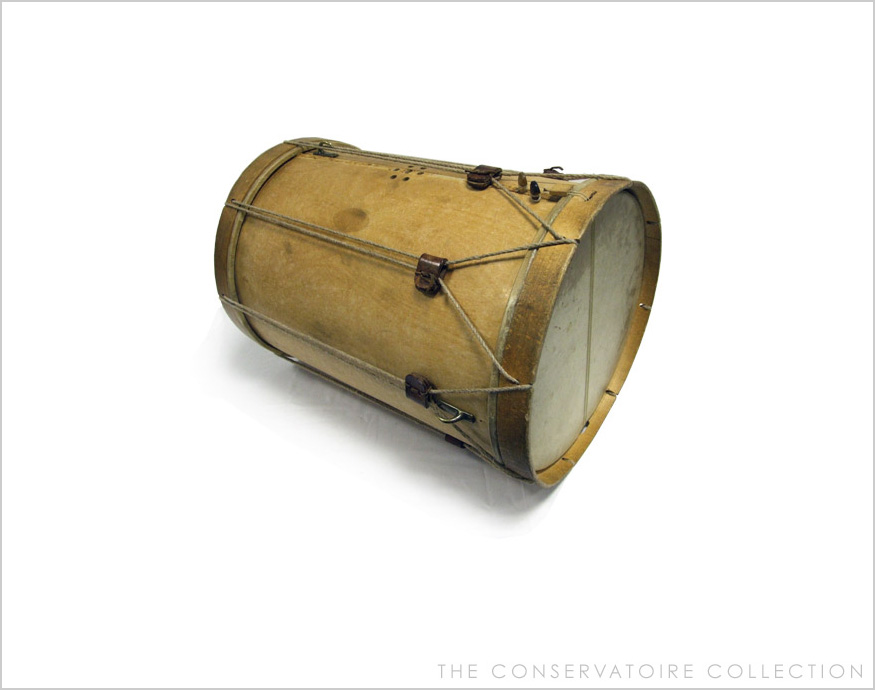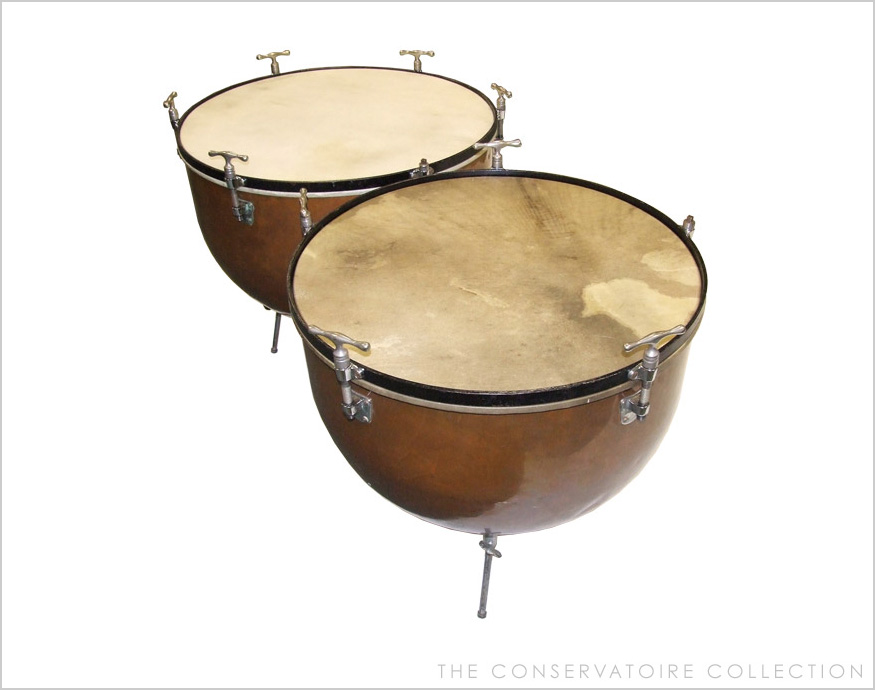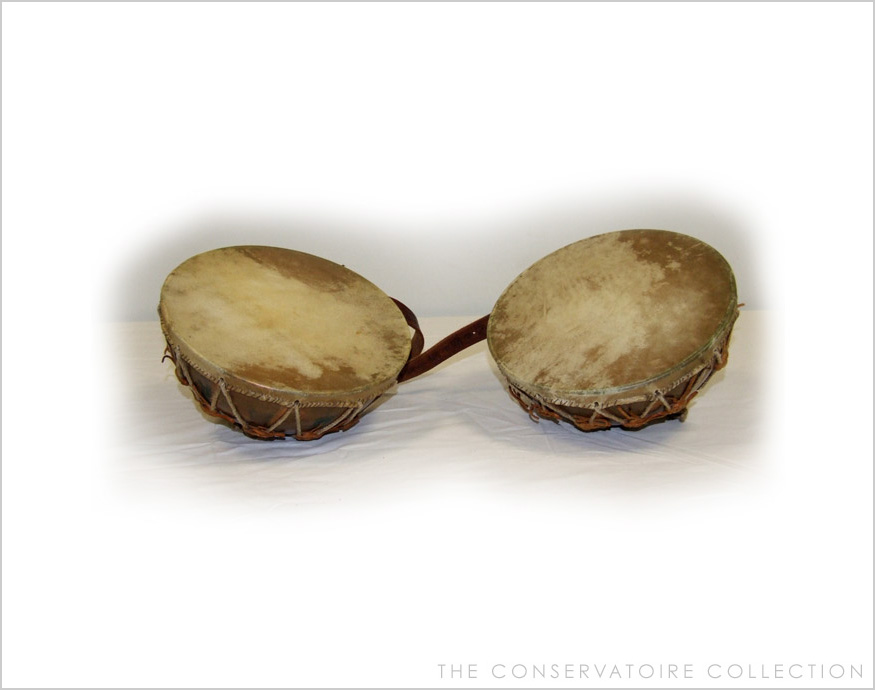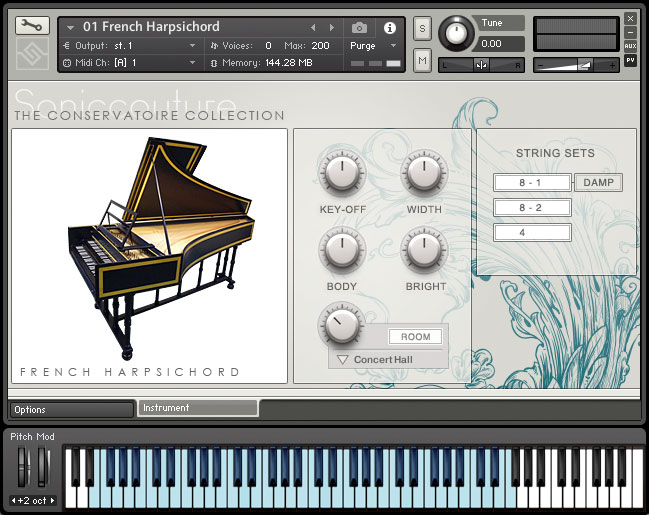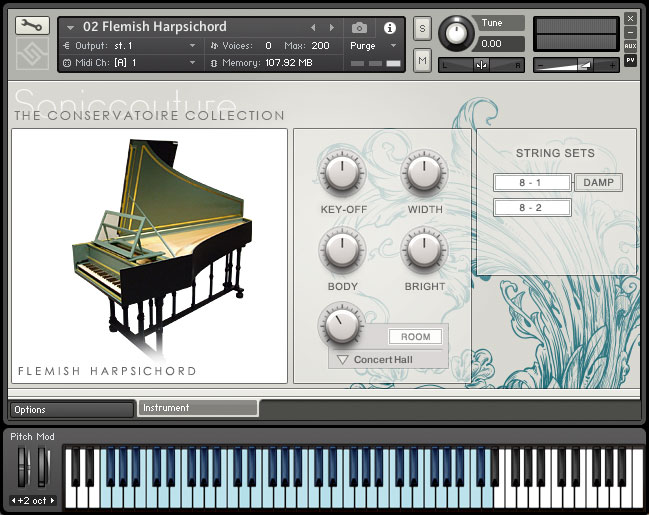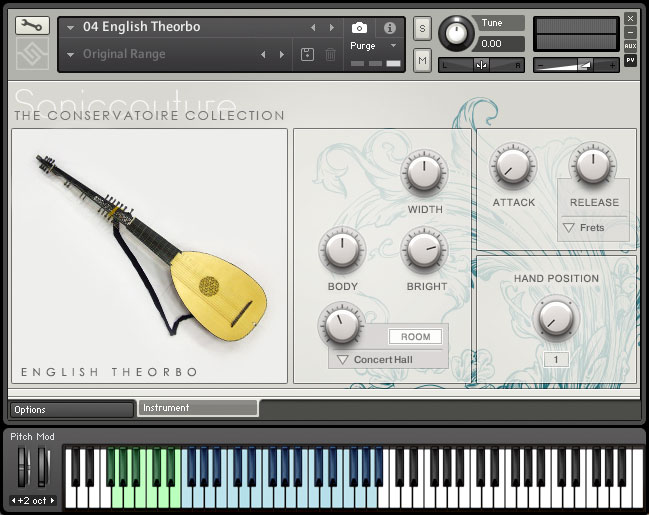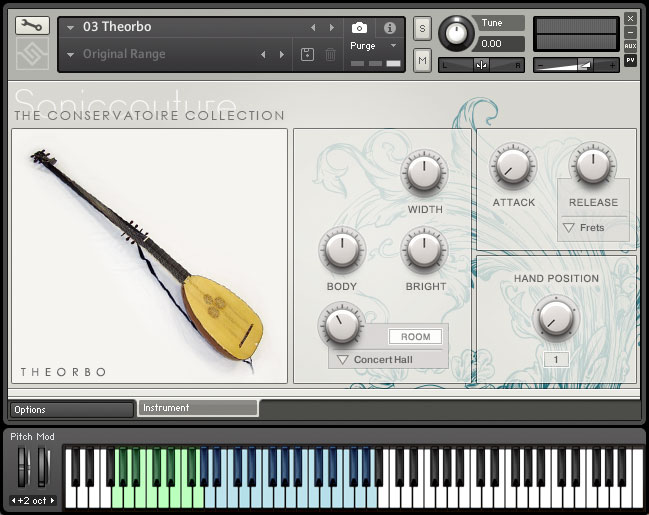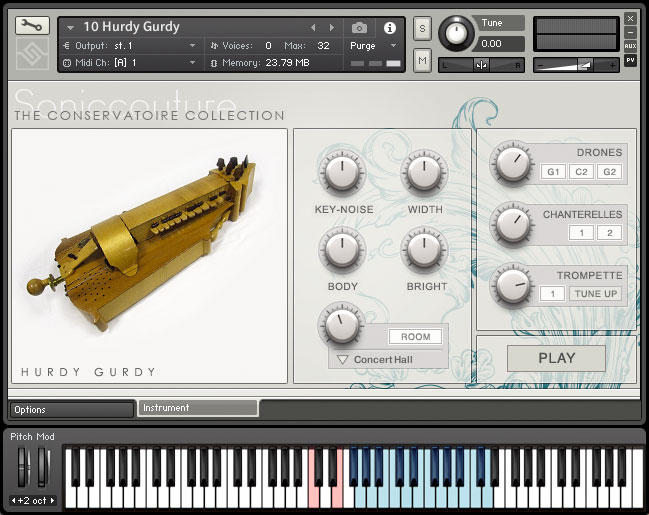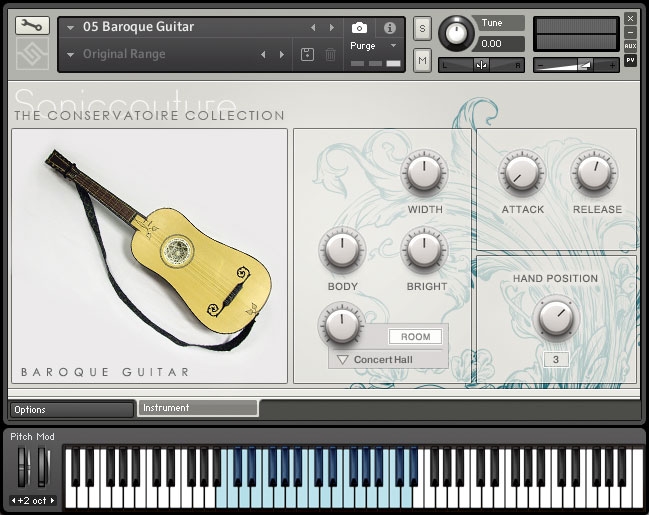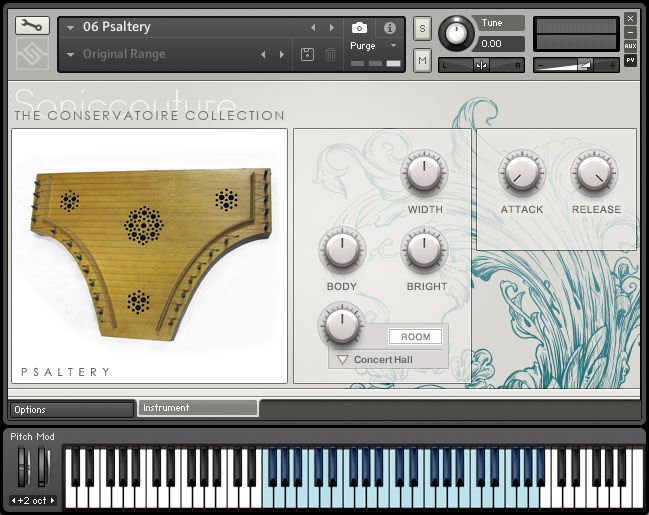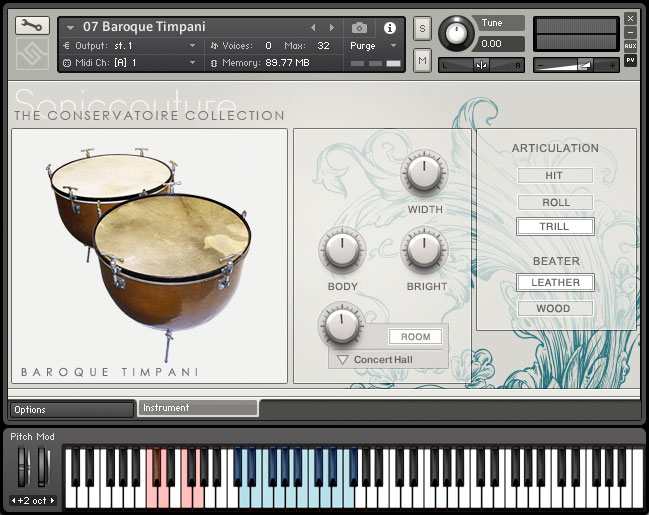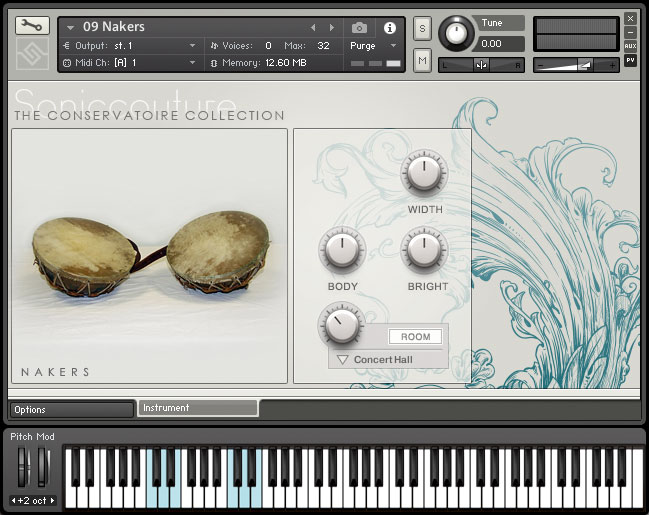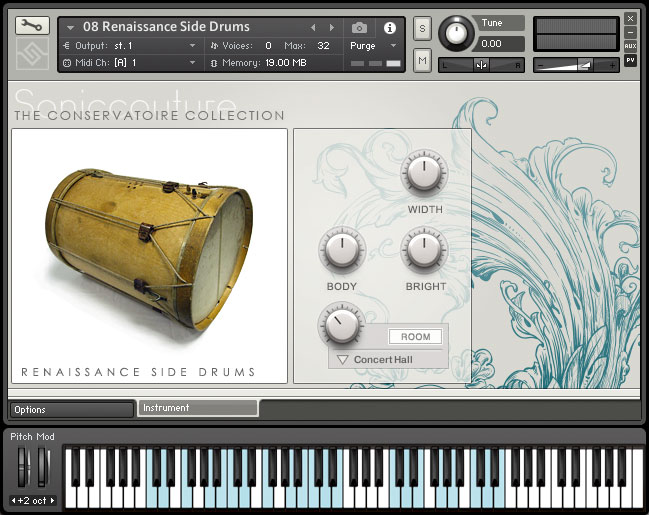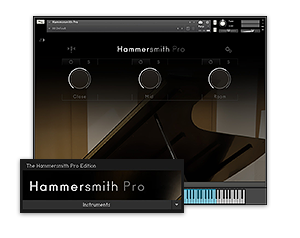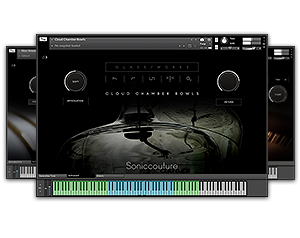THE CONSERVATOIRE COLLECTION
BAROQUE INSTRUMENTS FOR KONTAKT
- 10 DIFFERENT INSTRUMENTS
- DEEP EXPRESSIVE SAMPLING
- 23GB Sample Library
- Kontakt player compatible
EXPLORE THE SOUNDWORLDS OF THE MASTERS
The instruments of the great composers are museum pieces now, but in recent times specialists have begun
recreating our musical past in the form of reproductions.
Birmingham Conservatoire is an international music school and renowned centre for Early Music,
leading the field in introducing historical instruments to many young musicians for over 20 years.
Soniccouture worked with Martin Perkins and Joshua Sadler from BCU - choosing instruments to be sampled,
sourcing players and advising on the best way to sample them.
THE CONSERVATOIRE INSTRUMENTS
THE KONTAKT INSTRUMENTS
| LIBRARY SPECIFICIATIONS |
|---|
23 GB core sample library (9 GB on disc with NCW lossless compression) |
24 bit 96 khz stereo sampling |
| Up to 10 velocity layers, 3 alternate Round Robin layers |
Key-off samples and multiple articulations according to instrument |
Real time hand postion control for guitar instruments |
Custom Convolution Reverb Impulse response library |
User selectable scales and tuning control for all pitched instruments |
Tuning PresetsEqual Temperament, Pure (ie. Just), Overtone 16-32, Pythagorean, Pythagorean Middle, Pythagorean Up, Mean Tone, 1/4 Silbermann, Werkmeister III, Kirnberger III, Neidhardt I, Valotti, Young 1/6 pC, Meantone 1/5, Meantone 1/6, Bach (Barnes), French 1/5, Handel Lambert, 1774 Mersenne I, Mersenne II, Neidhard 1724, Neidhard 1729, Rameau I, Rameau II, Telemann |
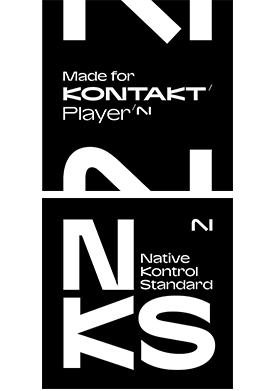
KONTAKT PLAYER COMPATIBLE
This is a Kontakt Player instrument. This means that you do not need to own the full version of NI Kontakt to use it. It will run as a plug-in instrument in any VST/AU/RTAS/AAX/WASAPI,compatible host program or DAW eg: Cubase, Logic, Ableton Live, DP, Reaper, Pro-Tools. No extra purchase necessary.
System Requirements:
Windows 7 or higher (latest Service Pack, 32/64 Bit), Intel Core Duo or AMD AthlonTM 64 X2, 4 GB RAM (6 GB RAM recommended)
Mac: OS X 10.9 or higher, Intel Core 2 Duo, 4 GB RAM
Requires KONTAKT or KONTAKT PLAYER version 5.6.8 or later
